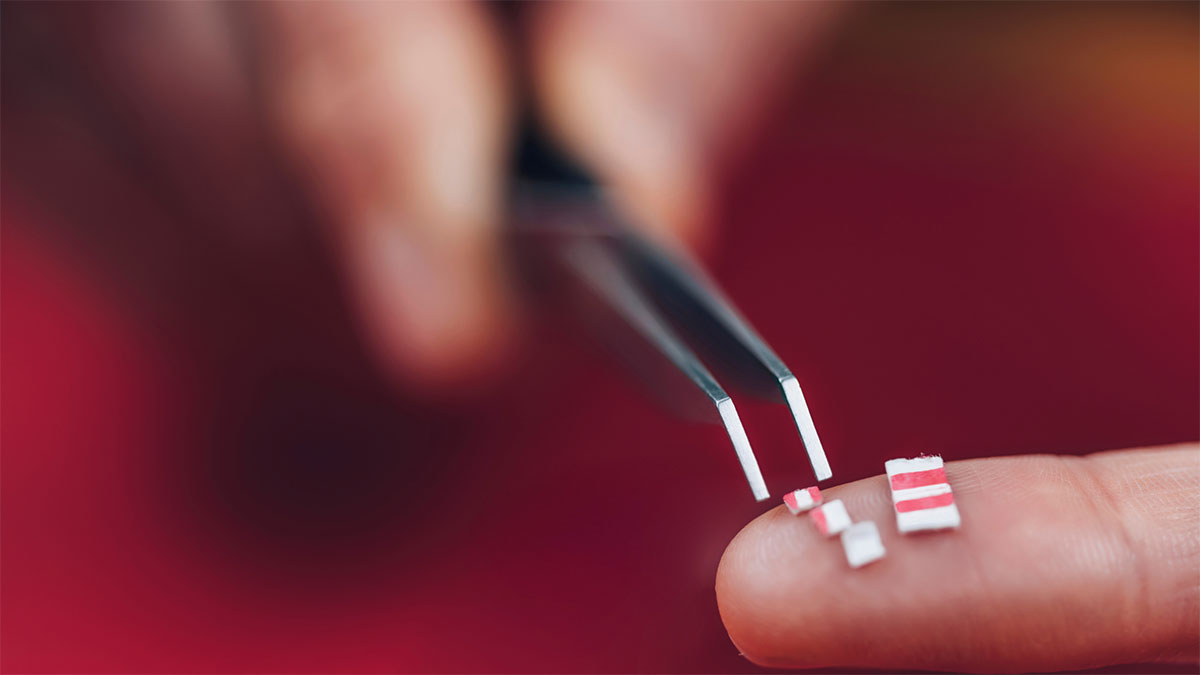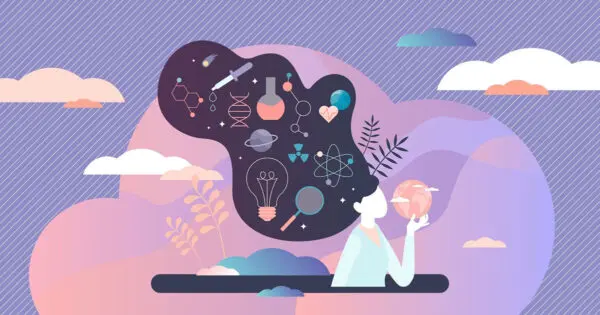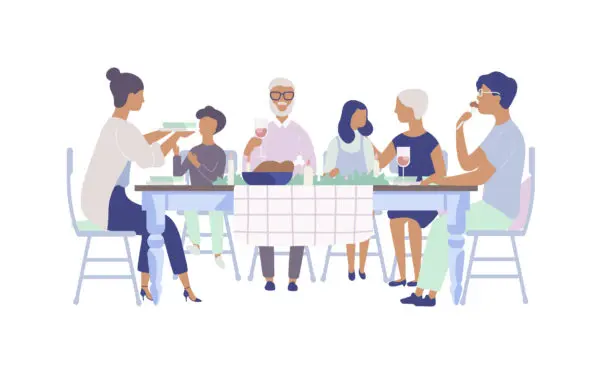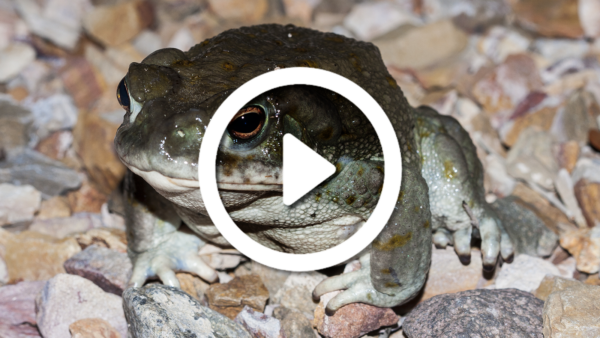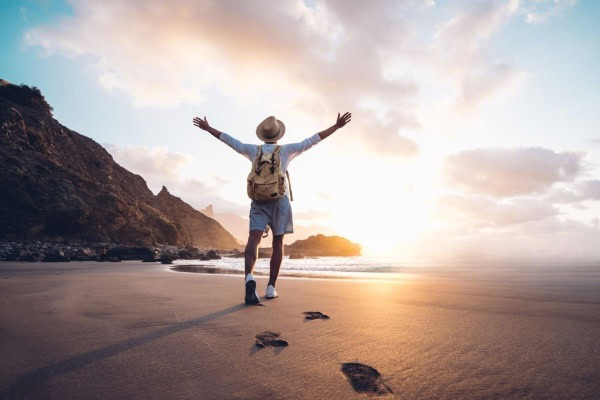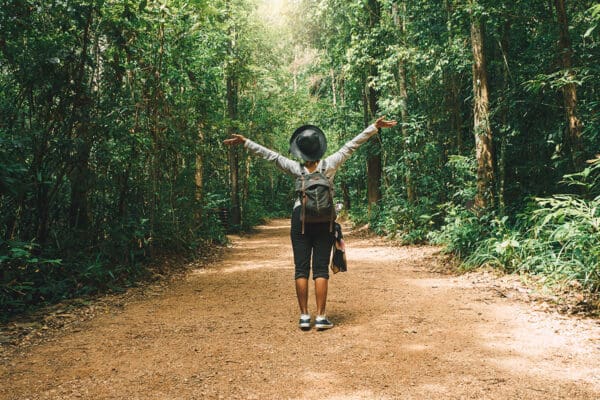Medical Editor: Dr. David Cox, PhD, ABPP
A growing number of people have started using psychedelic drugs to enhance their lives. Psychedelics, including LSD and psilocybin (commonly known as “magic mushrooms”), are psychoactive substances that alter perception and moods. While most psychedelics are illegal for recreational use in the United States, some substances have been approved to be taken in clinical trials for certain medical conditions.
The number of microdosers has increased with media reporting and the emergence of online microdosing communities. However, little scientific research has been conducted on microdosing itself until recently; some studies now suggest it could improve cognitive function, others suggest it increases neuroticism, but these claims remain controversial and unproven at this time.
What is microdosing?
Microdosing involves using a sub-perceptible amount of psychedelic drug (typically LSD or psilocybin) to improve mood or enhance cognitive performance in work and play while eliminating the physiological experiences associated with “tripping” (an increase in heart rate, changes in vision, perceptions of time, etc.).
The goal of microdosing is to develop practical applications for psychedelic substances in everyday life. Its increasing popularity may be attributed partially to the fact that microdosers claim they can experience the benefits of the psychedelic substance of their choice, without the perception-altering effects of a full dose of psychedelic. Considering that most long-term benefit of psychedelic therapy is attributed to the trip and integration of the experience, microdosing operates from a different therapeutic paradigm.
Scientific research is in the beginning stages, but much of the research on microdosing is largely anecdotal or self-reported survey research. A recent study suggests that the benefits of microdosing can also be attributed to the placebo effect. With 191 participants, this study was the largest placebo-controlled study that has been done on psychedelics. The results found that while the microdose group reported improved psychological outcomes, so did the placebo group, with little difference between the two.
Why should I microdose?
People choose to microdose for a variety of reasons, mostly to be more productive, creative, and focused without the effects of a full psychedelic experience. The science around microdosing is still being explored and clinical studies are needed to determine its benefits and risks. However, one self-reported observational study suggests microdosing may help with depression, anxiety, and other psychological disorders. Microdosing may also improve creativity as well as enhance one’s overall outlook on life.
Microdosing to Increase Productivity & Creativity
One of the most popular reasons people give for microdosing is to improve focus, creativity, and productivity. In today’s fast-paced world where it can seem that self-worth is increasingly dependent on productivity and outputs, young professionals are looking for ways to stand out from their peers. It has become a popular trend among Silicon Valley professionals looking to gain a competitive edge in their field.
Those who microdose regularly report that it makes them feel more productive in their work, more able to focus, and enhances their creativity. One San Francisco professional says, “It helps me think more creatively and stay focused. I manage my stress with ease and am able to keep my perspective healthy in a way that I was unable to before.”
Microdosing for Depression & Anxiety
While research demonstrates that psychedelic therapy is helpful in cases of depression and anxiety, there is no clinical evidence of the impacts of microdosing on depression and anxiety.
A review of low-dose psilocybin and LSD studies suggests that there is potential for smaller doses of psychedelics to serve as a treatment option for otherwise healthy individuals who are struggling with depression or anxiety. It appears that a microdose of some psychedelics could affect cognitive flexibility by reducing the tendency toward rumination, a thinking pattern commonly experienced as a symptom of depression.
The idea is that when taken at low doses, psychedelics can improve mood and productivity while reducing the risk of negative side effects, like anxiety, that might be experienced during a full-blown trip. In the day following a trip, some people might experience feelings of depression as their neurotransmitters recalibrate. If microdosing, there may not be as much of a risk of post-trip depression.
With microdosing, it’s not about altering consciousness — it’s about using psychedelic drugs in a way that improves everyday life. Novelist Alayet Waldman, who has suffered from mood disorders for most of her life, did a 30-day microdosing experiment with LSD and wrote about it in her book A Really Good Day: How Microdosing Made a Mega Difference in My Mood, My Marriage, and My Life. On her first day taking a microdose of LSD, she wrote about how normal she felt. “I’m content and relaxed. I’m busy, but not stressed. That might be normal for some people, but it isn’t for me.” For many people who struggle with mood disorders such as anxiety and depression, this is the ultimate goal: to have a “really good day.”
Microdosing for Pain Relief
Research by the Beckley Foundation, an organization focused on global drug policy reform and psychedelic drug research, conducted a study to find out if low doses of psychedelic drugs such as LSD could be used as a non-addictive pain management technique. In their 2020 study, researchers provided 24 individuals with either a single dose of 5, 10, or 20 micrograms of LSD or a placebo. The study found that the 20 microgram dose consistently increased pain tolerance by 20%, as compared to the placebo group. It is worth noting, however, that the 5 and 10 microgram doses did not have the same effects.
The study noted that the perceptive pain tolerance while under the influence of the 20 microgram dose of LSD was comparable to the effects of opioids such as oxycodone and morphine. This study also showed that the pain reduction effects of a 20 microgram dose may have extended beyond the 5 hr study window. This could be a significant breakthrough in the world of pain management.
How do I microdose?
The most common protocol for microdosing can be attributed to James Fadiman, an American psychologist and author of The Psychedelic Explorer’s Guide, who is well known for his work in the field of psychedelic research. Fadiman suggests starting with 1/20 to 1/10 of a recreational dose of the substance of choice and to dose every three days with two rest days in-between.
One of the most important aspects of microdosing is to ensure proper dosage. Too much, and a person runs the risk of experiencing a full psychedelic trip, which likely isn’t the intended outcome before walking into a board meeting or while in the middle of a project deadline.
In clinical settings, a microdose would consist of “10–20 mcg of LSD and/or 0.3–0.5 g of psilocybin-containing mushrooms.” That is roughly 1/10th of a typical active dose. The goal is to use psychedelics in a way that reduces the risk of having an intense experience. This allows people to go about their day as if nothing was very different.
Are there any risks associated with microdosing?
Despite a positive outlook, microdosing is generally considered safe but does have some risks. These range from difficulty concentrating to unexpected such as increased anxiety and physiological discomfort
Those who have been diagnosed with psychotic disorders such as schizophrenia or bipolar disorder are discouraged from using psychedelic drugs at any dosage, as negative consequences may be experienced. Microdosing has been shown to increase neuroticism in one self-reported study, but these results are not validated in clinical trials.
It is always a good idea to do thorough research before mixing any drugs, including prescription drugs that are taken regularly. While it should again be emphasized that much of the research on microdosing is anecdotal or survey-related, here is a list of medications and substances that people have reported as having no adverse effects; however, individual responses to substance interactions do vary.
When considering psychedelic drug use in any form, the substance should always be tested for purity. When using any psychedelic substance outside of a clinical setting, it is possible that the substance could be cut with other potentially lethal contaminants. There are harm-reduction networks where testing kits can be accessed that will indicate whether a substance is pure or not.
It’s Illegal in the United States
The other main risk associated with microdosing is that most psychedelic drugs, including LSD and psilocybin, are classified as Schedule 1 drugs and are illegal to be used outside of clinical settings in the United States and many other countries. This means that someone who is looking to microdose cannot legally purchase psychedelic substances. It is, therefore, very important to ensure that when obtaining psychedelics for microdosing purposes that one uses a reputable, trusted source.
Conclusion
Microdosing has been reported to have potential benefits. For those looking to microdose, substances should be measured precisely to avoid accidentally macrodosing—that is, taking enough of the substance to experience a change in conscious perception. It is also helpful to solicit the advice of an experienced guide who can provide recommendations for a microdosing schedule.
As scientists continue to research microdosing with psychedelic substances, it is hopeful that more solid evidence will surface as to its effectiveness. For now, though, it is unclear whether the reported effects are truly a result of microdosing or if they are simply a result of the placebo effect.
